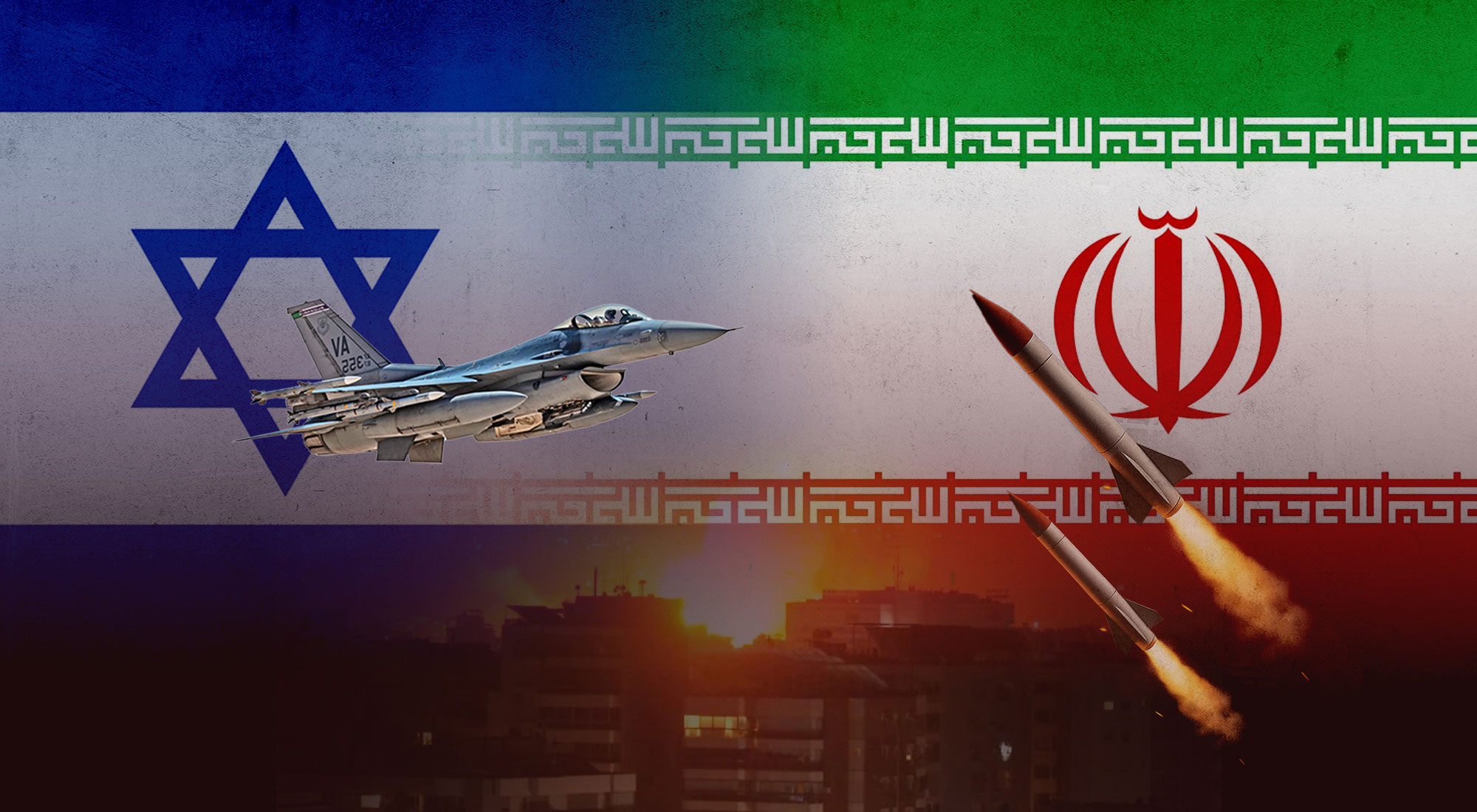
Snapshots
A Fragile Truce: What Comes After the Ceasefire Between Israel and Iran?
28 Jun 2025
An agreement to cease fire between Israel and Iran was announced following twelve days of reciprocal military strikes. The United States and Qatar were credited with brokering the deal. However, the current state of fragile calm may well collapse, especially in light of the escalating rhetoric from both sides.
Iran’s Supreme Leader Ali Khamenei delivered a hardline speech, while U.S. President Donald Trump issued sharp criticism of Khamenei. Meanwhile, Israeli actions and government directives have shown no substantive change in Tel Aviv’s approach toward Tehran. This was evident in Israel’s targeting of southern Lebanon this week and in orders from Israeli Defense Minister Yisrael Katz instructing the military to develop an operational plan against Iran. These orders include ensuring Israeli air superiority, preventing Iran from advancing its nuclear capabilities and missile production, and retaliating against Iran’s support for what Katz described as “terrorist activities hostile to Israel.”
These developments are closely tied to the ambiguity surrounding Washington’s ceasefire announcement. Notably, no written declaration has been issued, nor is there a shared understanding—or even a unified verbal framework—of what this ceasefire entails. Additionally, there is no third party to verify compliance, nor any independent body to determine who has violated the ceasefire if violations occur.
Within this fragile context, even a rumor could provoke a retaliatory response from either side. Several potential scenarios are currently on the table: (1) Initial chaos could lead to renewed fighting before diplomats return to establish clear rules for the ceasefire—something not uncommon in a region where calm is typically short-lived. (2) A return to indirect confrontation, with an uptick in cyberattacks or covert pressure tactics, leading both sides back into a shadow war. (3) Iran entering serious negotiations over its nuclear program, especially amid unconfirmed reports that Tehran may be willing to transfer some of its enriched uranium abroad—a gesture suggesting openness to a regional-style nuclear agreement. (4) The worst-case scenario: a sharp escalation into full-scale confrontation. This could happen if U.S. objectives shift significantly, potentially resulting in heavier, more intense strikes that would alter the dynamics on the ground.
What makes this moment particularly precarious is not just the Israel-Iran tension, but also the fragility of the diplomatic safety net: there are no actual observers, no clearly defined red lines, and insufficient coordination in the international community’s efforts. Domestic politics in both countries also play a crucial role; leaders face internal pressure to project strength rather than appear conciliatory, which complicates any attempt at reaching a compromise, even when one may be essential to avoid war.
In the end, the durability of this truce depends not merely on halting military actions but also on sustained communication, restraint, and a genuine shared interest in avoiding the worst-case scenario. So far, the ceasefire remains unstable and fragile. Its success hinges on sincere and constructive intent from both Tehran and Tel Aviv. Without such intent, the ceasefire may prove to be nothing more than a brief pause before the next chapter of confrontation unfolds.


